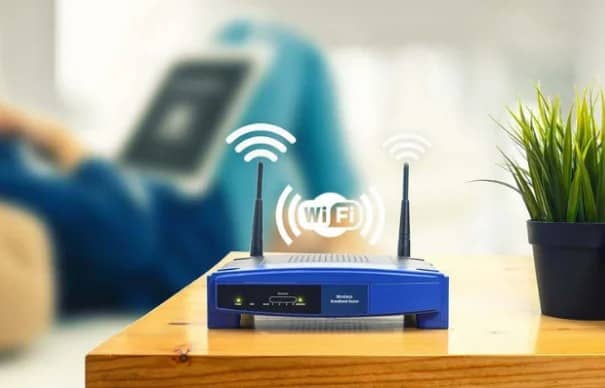Do Old Devices Slow Down Wi-Fi Network

Several factors affect the performance of a residential Wi-Fi network, including the location of the router and the presence of a microwave oven. Wi-Fi is also impacted by devices that are connected to the router. However, an older device that employs the 802.11b protocol can slow your Wi-Fi network.
Wi-Fi transmits data via radio waves with a 2.4 GHz or 5 GHz frequency. This frequency dictates the number of waves per second that pass through a fixed location. Also, Wi-Fi protocols define distinct modulation techniques, resulting in varying amounts of data transmitted by Wi-Fi:
802.11 utilized direct sequence spread spectrum (DSSS) or frequency hopping spectrum (FHSS) to transmit data at 2 Mbps.
This protocol was the first upgrade to the 802.11 specifications. It increased the theoretical bandwidth to 54 Mbps and provided a transmission frequency of 5 GHz. This increase in performance resulted from the utilization of a higher frequency and a new modulation technique known as Orthogonal Frequency Division Multiplexing (OFDM).
Using the 2.4GHz band, 802.11b attempted to improve the data rates offered by 802.11 by using the 2.4GHz band. This protocol offered a data transport speed of 11 Mbit/s. However, modulation techniques have remained the same, while DSSS has been enhanced; 802.11n offered a data rate of 600 Mbps via OFDM.
The protocol employs single-user MIMO to accomplish these speeds, which permits the router to transmit multiple data streams to the same user using distinct antennas. Additionally, the protocol supports dual-band Wi-Fi, enabling data transmission on both 2.4 GHz and 5 GHz.
Newer technologies, such as Wi-Fi 6, use the 802.11ax protocol and can achieve speeds of up to 2.4 Gbit/s in addition to the protocols listed above. Wi-Fi 6 employs multi-user MIMO to accomplish these speeds, increasing channel bandwidth.
Why do 802.11b devices slow down my Wi-Fi network?
Consequently, distinct protocols employ distinct data transmission modulation methods. Due to this, a device that only supports the 802.11b protocol cannot comprehend 802.11n-transmitted data.
However, it should function if an 802.11b device is connected to an 802.11n router. The router employs the 802.11b protocol to communicate with such a device. Consequently, the rate of data transmission over Wi-Fi decreases.
In addition, the data transfer rate does not change when the router is connected to a device with 802.11n because the router uses quicker protocols when connecting to a device that supports new protocols.
However, if the router does not support MIMO, it can only transmit data to one device simultaneously. Therefore, if a device on the network utilizes an antiquated protocol, the router will take longer to connect to other devices, slowing down the network.
As a result, the network performance decreases when the 802.11b protocol is used because data transmission takes longer.
If you have a dual-band Wi-Fi network and your devices support both old and new protocols, you can connect your older devices to the 2.4 GHz network and your newer devices to the 5 GHz network. This will prevent older devices from interfering with newer, faster ones.
Also Read: Strategy to Minimize Software Testing Risks
Follow Top and Trending on Google News and receive the latest alerts and the main news about apps, technology, beauty, entertainment, and all the top 10 related posts.
